[ad_1]
Estimated reading time: 18 minutes
Disclaimer: I am not a medical doctor and nothing in this article should be taken as medical advice. Please talk to your doctor before using any of the herbs and/or remedies mentioned in this article.
Foraging your own medicine can be intimidating. If you’re just getting started, how do you know where to look? You don’t need to live far out in the wilderness to find your own medicine. There are a number of powerful medicinal herbs that grow right in most people’s backyards.
Article continues below.
Within the reach of your back steps, you can likely find herbs that stop bleeding, heal wounds, treat coughs, and more. There are also common backyard herbs that are currently being studied for their ability to treat major illnesses.
Take a look just outside your door and see if you have any of these potent medicines just waiting to be harvested!
Want to save this post for later? Click Here to Pin It On Pinterest!
1. Aloe Vera
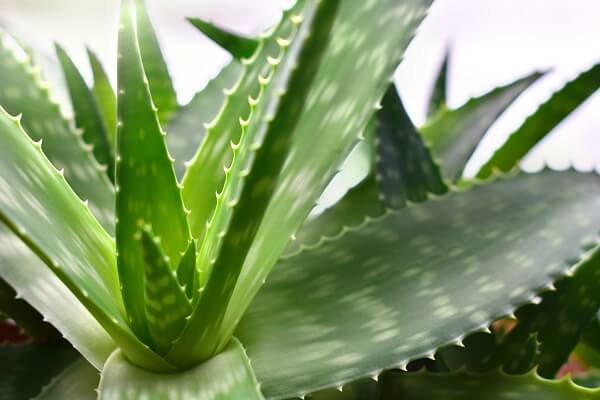
While people in cold climates think of aloe vera as a cute potted plant, in arid climates it grows like a weed. Growing up in California, we’d harvest it with a wheelbarrow. Depending on where you live, starting an aloe patch in your backyard can be a great investment for your future health.
Aloe is usually used externally for burns and skin irritation, but it can also be taken internally for a number of different issues ranging from inflammatory conditions to constipation.
2. Burdock

A cleansing herb, burdock root helps the liver filter impurities from your blood and acts as a natural diuretic. The root is usually used, and a burdock vinegar is a great digestive aid that combines the benefits of burdock root with that of raw cider vinegar. The root is also used in traditional Asian cooking, as it’s both a tasty edible and medicinal plant.
It can be nasty and prickly once it develops the characteristic burs, but before it goes to flower, the stock is a tasty vegetable that can be cooked and eaten like asparagus.
Since it can be a pain to pull the burs out of clothing, encourage burdock to grow away from common walking paths. Along walking paths, harvest first-year burdock roots in the fall or second-year roots in the spring and you’ll enjoy your medicine and never allow it to go to seed. In out-of-the-way locations, keep a patch growing for cut-and-come-again edible stalks, and occasional root harvests for medicine.
3. Chickweed

Chickweed grows in most people’s backyard at some point throughout the year. It’s known to be a natural skin rejuvenator that has cooling and drying effects. It can be used to treat:
- Wounds
- Sores
- Minor Burns
- Acne
- Eczema
- Psoriasis
- Skin Inflammation
That’s not all! Aside from being a treatment for constipation, it’s also an edible herb with plenty of vitamin C and potassium, as well as a variety of other nutrients and vitamins.
4. Chicory
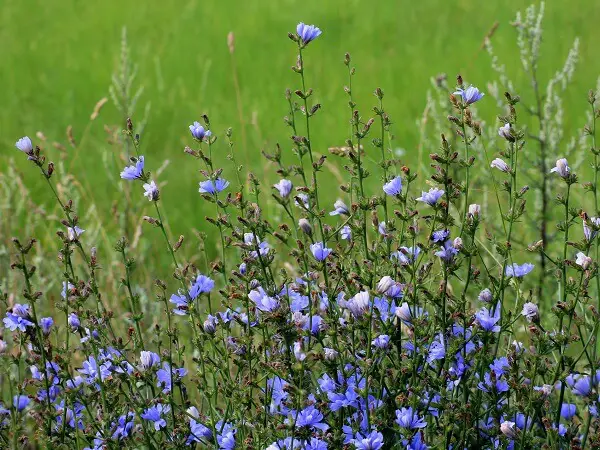
You found chicory if you find a plant in your backyard that has little, light blue flowers. It often grows along roadsides and other locations, often areas that are neglected and left to their own devices. Chicory is edible; you can boil the leaves and add them to dishes. The roots can be baked and ground up as a substitute for coffee.
When it comes to medicinal uses, chicory can be used to treat various ailments, including:
- Internal Parasites
- Decreased Appetite
- Upset Stomach
- Constipation
- Liver & Bladder Problems
5. Cleavers
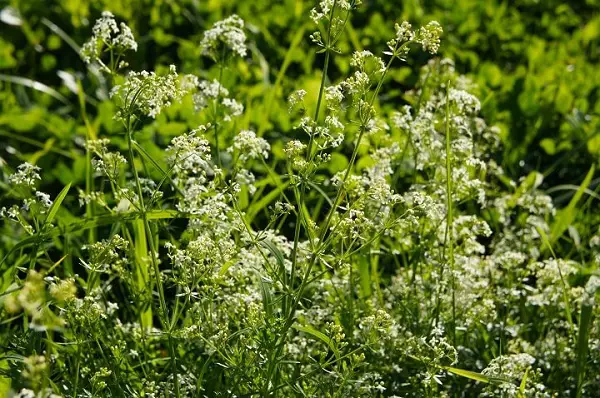
If you’ve had cleavers invade your garden, you know just how persistent this weed can be. It’s just as persistent when working inside your body to fight infection. The name “cleavers” comes from the plant’s ability to “cleave” illness from your body and cleanse your system.
It’s commonly used as a poultice for stings and bites, and as a dried herb tea to help cleanse the lymphatic system during illness or infection.
6. Comfrey
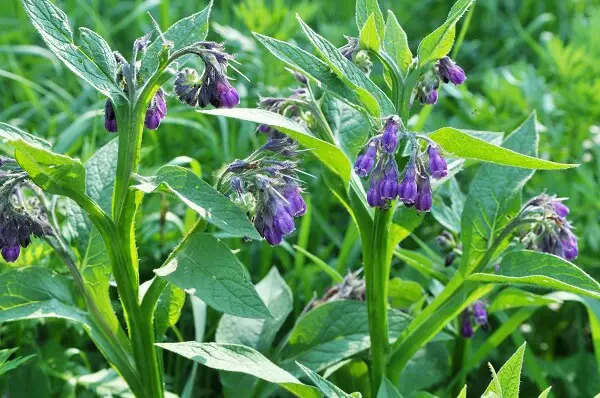
This self-spreading leafy plant is often found creeping around garden edges and wastelands. Known as “knitbone” in the old days, comfrey is a robust wound-healing herb. When applied topically in a salve or compress, it’s known to speed up the healing of bruises, sprains, and bone fractures.
Comfrey leaves and roots contain allantoin, a substance that aids the growth of new cells. It’s also used for treating skin conditions like eczema and psoriasis. Do take note that comfrey is recommended for external use only, as internal use has been linked to liver damage.
7. Curly Dock

If you have curly dock growing in your backyard, it can be a hard weed to get rid of; it seems to survive anything. In some areas, curly dock is invasive and widespread, so finding it shouldn’t be an issue. However, never source it from an area that might be sprayed with weed killer.
Not only does curly dock have medicinal properties, but it’s also edible and high in vitamin C and beta-carotene. The seeds are a source of calcium and fiber.
All parts of the plant are edible, and you can eat them either raw or cooked. When it comes to curly dock’s medicinal purposes, you can use this plant as a:
- Wound Healer
- Laxative
- Astringent
8. Dandelions
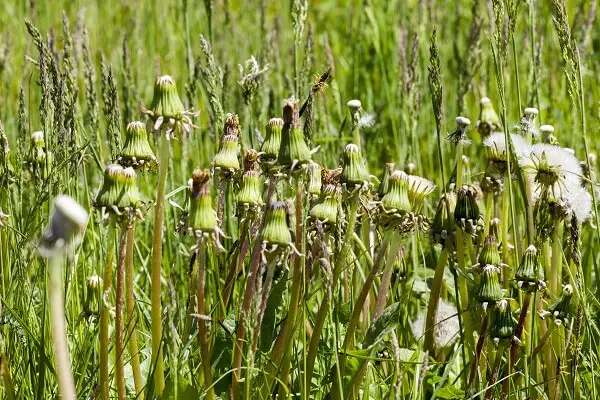
Without a doubt, one of the most prolific and well-known options is the dandelion – everyone recognizes this plant! While many think that it’s merely a weed, it has a lot of value. Dandelions can be used to create herbal teas, as well as being entirely edible. You can eat or consume all parts of the plant.
Somethings that you can treat with dandelions include:
- High Blood Pressure
- Cancer
- Diabetes
- Diverticulitis
- Irritable Bowel Syndrome
- Urinary Tract Infection
- Eczema
- Psoriasis
9. Garlic Mustard
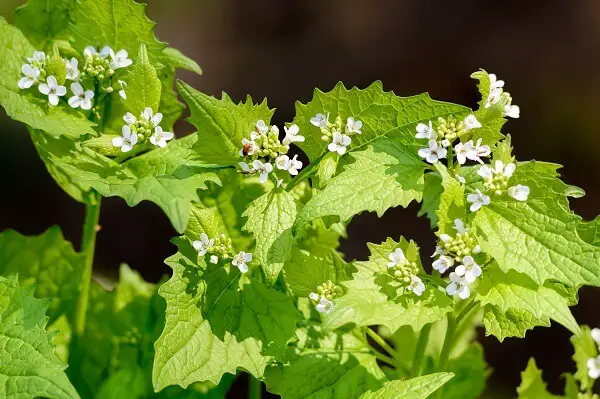
Garlic mustard is an invasive species that often takes over woodland areas and trails, but it’s also a medicinal and edible plant. The leaves have a distinct garlicky aroma when crushed, and they can be used in salads, pesto, or as a spinach substitute.
Medicinally, garlic mustard has been used for respiratory disorders and to heal wounds. Infusions, poultices, and syrups can be made from its leaves, seeds, and roots.
10. Horsetail
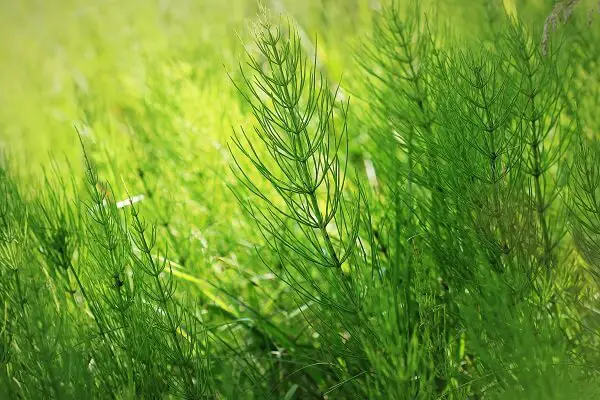
Horsetail is an ancient plant that you can often spot growing in wet, sandy soils. Rich in silica, it’s used traditionally to strengthen nails, hair, and improve skin tone. Made into a tea or tincture, horsetail has also been used to treat kidney and bladder issues.
It’s also worth mentioning that the abrasive texture of horsetail stems makes them handy for cleaning pans when camping!
11. Jewelweed
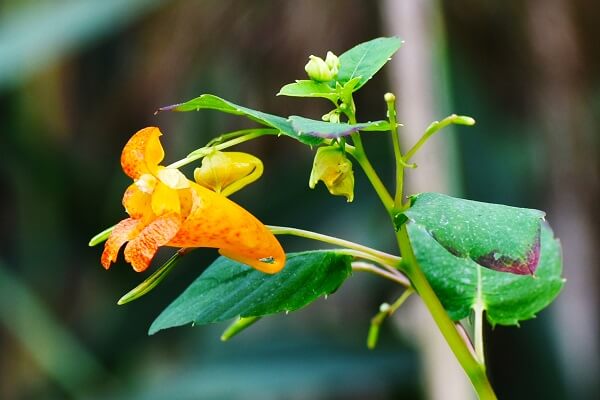
A hero against skin irritations, jewelweed is usually found in damp, wooded areas and thrives in the shade. Known for its succulent stem and dangling orange or yellow flowers, it is a popular remedy for poison ivy rashes, insect bites, and nettle stings.
Crush the leaves and stems and apply the juicy pulp directly to the affected skin for immediate relief.
12. Lamb’s Quarters

Did you know that lamb’s quarters have more protein than spinach? Seriously, it does, and it has tons of other nutrients, including vitamins A and C.
For centuries, lamb’s quarters were believed to have purification properties that could improve your blood. While we know that you can’t improve blood, this medicinal herb can be used to treat a variety of ailments, such as:
- Toothaches
- Tooth decay
- Constipation
- Insect Stings
- Eczema
- Gout
All parts of the plant are edible, but you should keep seed consumption to a minimum. You can consume the leaves, shoots, and flowers regularly. Try mixing the leaves in with your salad greens or add to stir fry dishes.
13. Mallow
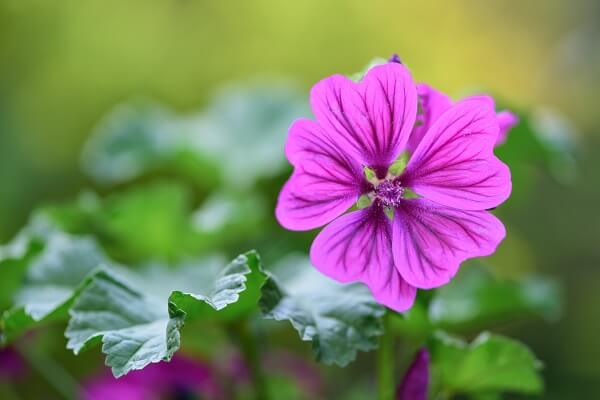
Common mallow grows wild in many areas and is intentionally planted by gardeners in others. It is naturally high in soothing mucilage, which helps it treat respiratory complaints and sore throats.
Mallow also has a pleasing taste, which makes taking your medicine when you’re sick all the more enjoyable. Bees particularly enjoy the flowers, so it’s worth planting if you don’t happen to already have some growing along a fence or hedge.
Most of the time, you would make a tea out of the common mallow root. It turns into a thick mixture for digestive tract issues. You can eat the leaves, but some say that they taste bitter unless you eat the young leaves.
When it comes to its medicinal uses, you can use mallow for:
- Calming Sore Throats
- Coughs
- Stomach Aches
- Wounds
14. Mugwort
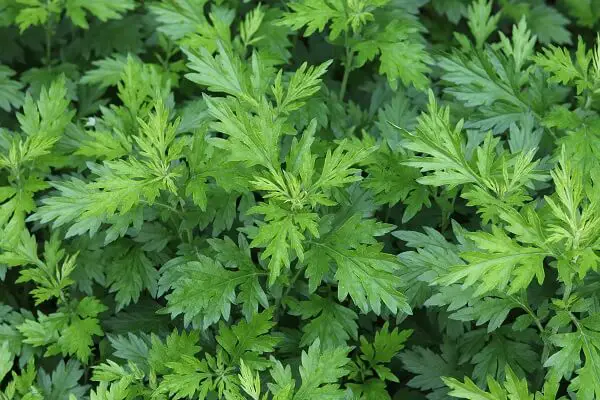
Mugwort, with its silvery-green leaves, is often found along roads, forest edges, and riverbanks. It’s been used for ages for its beneficial effects on digestion and menstrual issues. A tea made from mugwort leaves can help to stimulate the digestion and ease menstrual cramps.
The plant is also famed for its use in dream pillows because of its mild psychoactive properties that can lead to more vivid and lucid dreams.
15. Mullein

A towering plant with fuzzy leaves and a tall spike of yellow flowers, mullein is often seen growing along roadsides. Its velvety leaves have been used traditionally for treating respiratory problems. A tea made from its leaves is known to soothe coughs, bronchitis, and asthma.
The flowers, when infused in oil, create a wonderful remedy for earaches. Mullein is a biennial, meaning it takes two years to complete its life cycle. Harvest leaves in the first year or flowers in the second year to make use of this versatile plant.
16. Ox-Eye Daisy
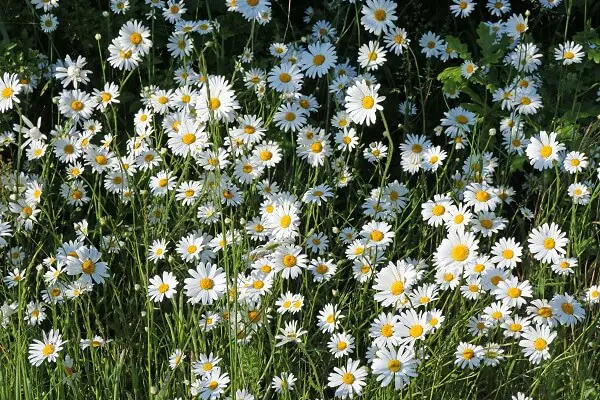
Growing wild in many parts, and frequently cultivated for its beautiful flowers, ox-eye daisy is used medicinally for respiratory complaints, chronic coughs, and bronchitis. Externally, it’s used to treat wounds and bruises.
In some parts of the world, it’s eaten as a salad green. The leaves are tasty in early spring, and later in the year, the flowers are a traditional addition to salads.
17. Plantain
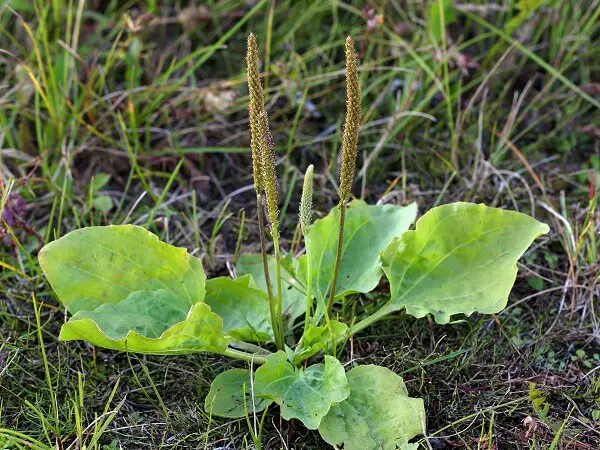
Plantain is very popular with backyard foragers because it’s common, easy to identify, and has some pretty amazing medicinal properties. Best known for its ability to treat wounds, plantain is antibacterial and promotes cell growth to help wounds heal quickly and prevent infection. It’s also taken internally as a tea for diarrhea and digestive issues.
Historically, plantain is found in areas of heavy grazing because it’s known to thrive in abused or compacted soils. These days, you’ll likely find it in your backyard along paths where you walk the most often.
Plantain can be used to treat several ailments, including:
- Colds
- Diarrhea
- Burns
- Open Sores
- Wounds
- Acne
- Throat Pain
- Sunburn
- Gastrointestinal inflammation
- Respiratory Infections
18. Purple Dead Nettle
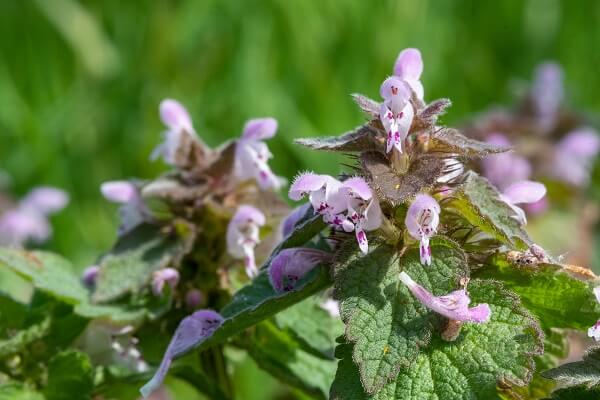
One of the first medicinal herbs that pop up in your garden and backyard in the spring is purple dead nettle. It’s easy to identify with its purple top, fuzzy leaves, and square stems similar to mint plants. These plants are low growing and usually measure 8 inches tall.
Not only is purple dead nettle medicinal, but it also is edible. You can add it to soups, salads, smoothies, and other recipes.
When it comes to its medicinal benefits, purple dead nettle has astringent, anti-inflammatory, anti-bacterial, and anti-fungal properties. You can use it for:
- Wounds
- Minor Burns
- Skin Irritation
- Eczema
19. Purslane
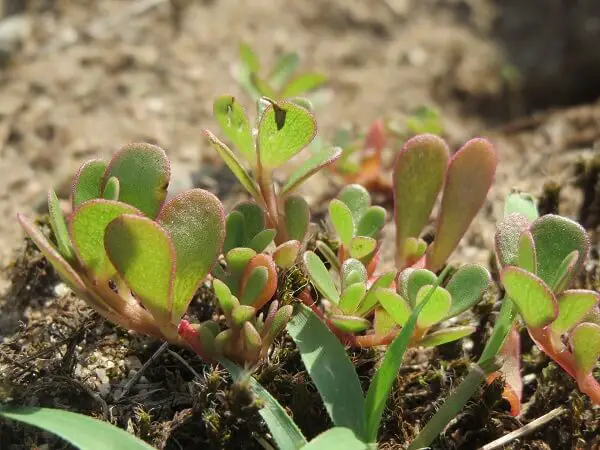
Most people have purslane growing somewhere in their backyard. It most often pops up in garden beds or unkept sidewalks. Purslane is edible and an excellent source of fiber, vitamins A, B, and C, as well as iron, magnesium, and a range of other nutrients.
Aside from being edible, purslane has been used for centuries as a medicinal herb to prevent and cure a range of ailments. You can use it to treat:
- Diarrhea
- High Cholesterol
- Skin Conditions
- Gastrointestinal disorders
- Decreased Circulation
- Vision Problems
20. Red Clover
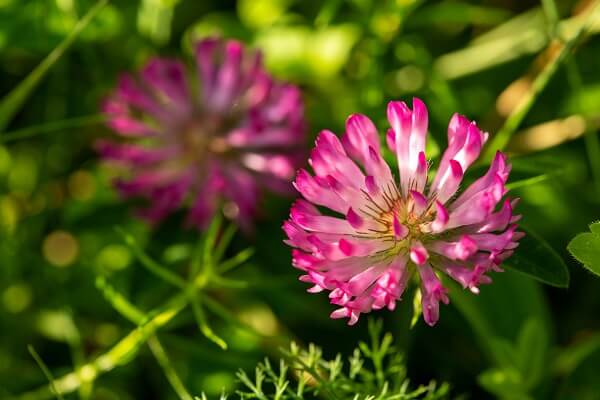
You can find these pink-red flowers throughout your garden, attracting bees and other pollinators. Red clover acts as a food source for bees and other insects, so it’s smart to leave them in your yard. Attracting pollinators is a good thing, after all!
Throughout history, red clover has been used as a medicinal herb, including being believed to be a remedy for cancer. There is no evidence to support this claim, but we know it’s a source of calcium, magnesium, potassium, and vitamin C.
Besides that, red clover has plenty of medicinal purposes, and it can be used to treat many ailments, including the following:
- Coughs
- Bronchitis
- Hormonal Imbalances
- Anxiety
- Muscle Spasms
21. Red Raspberry
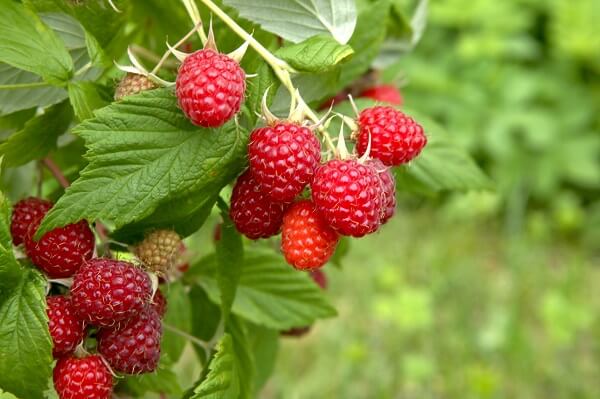
Considered a “woman’s herb”, red raspberry leaf is most commonly used to aid with fertility, menstrual cramps, and help with childbirth. In reality, it’s an excellent herb for maintaining health for just about anyone.
One of the reasons it works well for women’s reproductive issues is because it’s naturally high in minerals such as calcium, magnesium, potassium, and iron, which in the right balance nourish the body. Magnesium, in particular, is a natural muscle relaxant, which helps with childbirth, but could also be used for muscle pain of any form.
22. St. Johns Wort
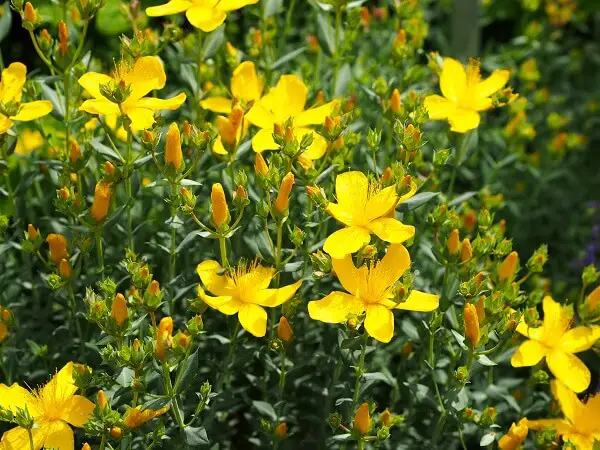
These tiny yellow flowers are common along roadsides, and modern medicine supports their traditional use for treating depression and stabilizing mood.
Its latin name, hypericum perforatum, hints at the best way to identify it. The “perforatum” refers to the fact that the leaves are actually perforated and if you hold a tiny St. Johns Wort leaf up to the sunlight, you’ll see it’s full of tiny pinprick holes that let sunlight flow through.
23. Stinging Nettle
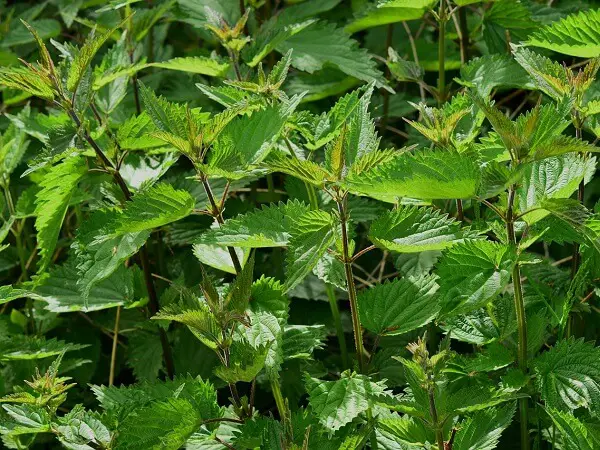
Coming in contact with stinging nettle can be challenging because it has this name for a reason. If you touch this herb with your bare skin, it can sting you and leave a rash on bare skin. The entire plant has acid-filled needles along its stem. However, you can boil the plant and ingest the plant; it gets rid of the stinging.
Stinging nettle leaves can be used to treat a variety of ailments, including:
- Allergies
- High blood pressure
- Pain Relieving
- Skin Conditions
- Dandruff
This herb also has a soothing effect. You can use the root to treat prostate problems in men. However, be sure to wear gloves when you’re harvesting this plant.
The easiest way to use stinging nettles is to create a tea with the dried leaves. Cooking or boiling removes the sting, and then you can mix it with other herbs or spices to create a flavor you like. You can use it like any other green, like in salads or baked, similar to kale chips. Stinging nettles are quite versatile!
24. Wood Sorrel
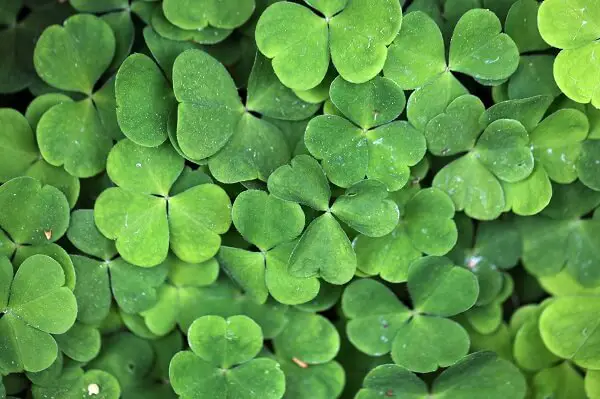
Also known as oxalis, this common weed is identifiable by its heart-shaped leaves and small yellow flowers. It’s edible and offers a tangy flavor, making it a flavorful addition to salads and soups. This plant is also a good source of vitamin C, which supports immune health and historically helped in treating scurvy.
Although wood sorrel has been used medicinally to aid digestion and stimulate appetite, and as a topical remedy for minor skin irritations and wounds, it should be consumed in moderation due to its oxalic acid content. This compound can cause issues for individuals with kidney stones, gout, or rheumatism.
As with any wild plant, proper identification is crucial, and first-time consumers should try a small amount to check for allergic reactions.
25. Yarrow
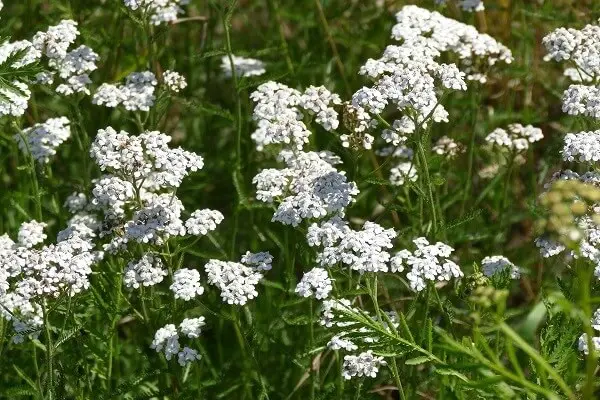
Yarrow is a powerful medicinal that grows wild as a perennial around the world. It’s taken as a dried herb tea for colds and flu, and helps to quickly stop bleeding when applied externally.
Inexperienced foragers confuse yarrow with queen anne’s lace, or wild carrot. The leaves are very different and easy to tell apart if you have both in your hand, but lacking that, know that the leaves of yarrow smell of cabbage, while queen anne’s lace leaves have a strong carrot smell.
Yarrow can also be used for:
- Anxiety
- Sleeping Problems
- Inflammation
- Mastitis
- High Blood Pressure
- Asthma
- Muscle Spasms
Yarrow is also edible. You can use the fresh leaves in salads, soups, or other dishes.
Bonus Herb: Self Heal/All Heal
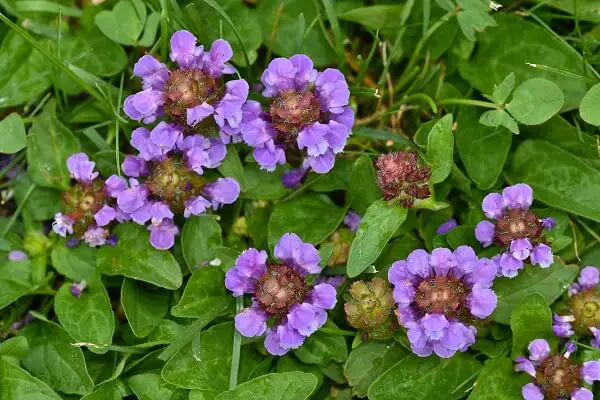
A common purple-flowered weed (prunella vulgaris) that invades lawns and shady places, its common names, ‘self heal’ or ‘all heal’, allude to the fact that it can heal just about anything. It’s naturally antibacterial and soothing to the system, and ancient herbalists considered it to be a panacea.
Externally, it’s known to help heal wounds, treat inflamed tissues, and protect the skin from sun damage. Internally, it’s used for a wide range of things from sore throats to depression.
Both the leaves and flowers are tasty and edible either raw or cooked, and the flowers are an especially important food source for bees. All around, it’s worth promoting if you find a patch growing in your yard.
Like this post? Don’t Forget to Pin It On Pinterest!
[ad_2]
Source link
Get more stuff like this
in your inbox
Don't Be Left Unprepared
Thank you for subscribing.
Something went wrong.







